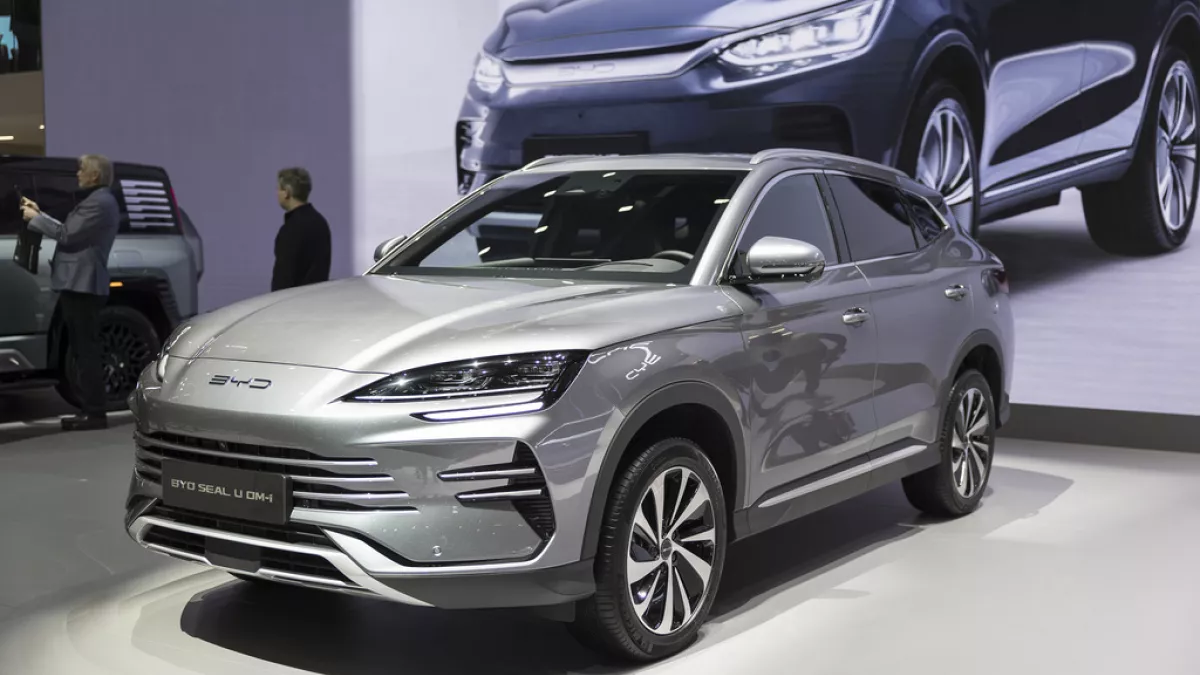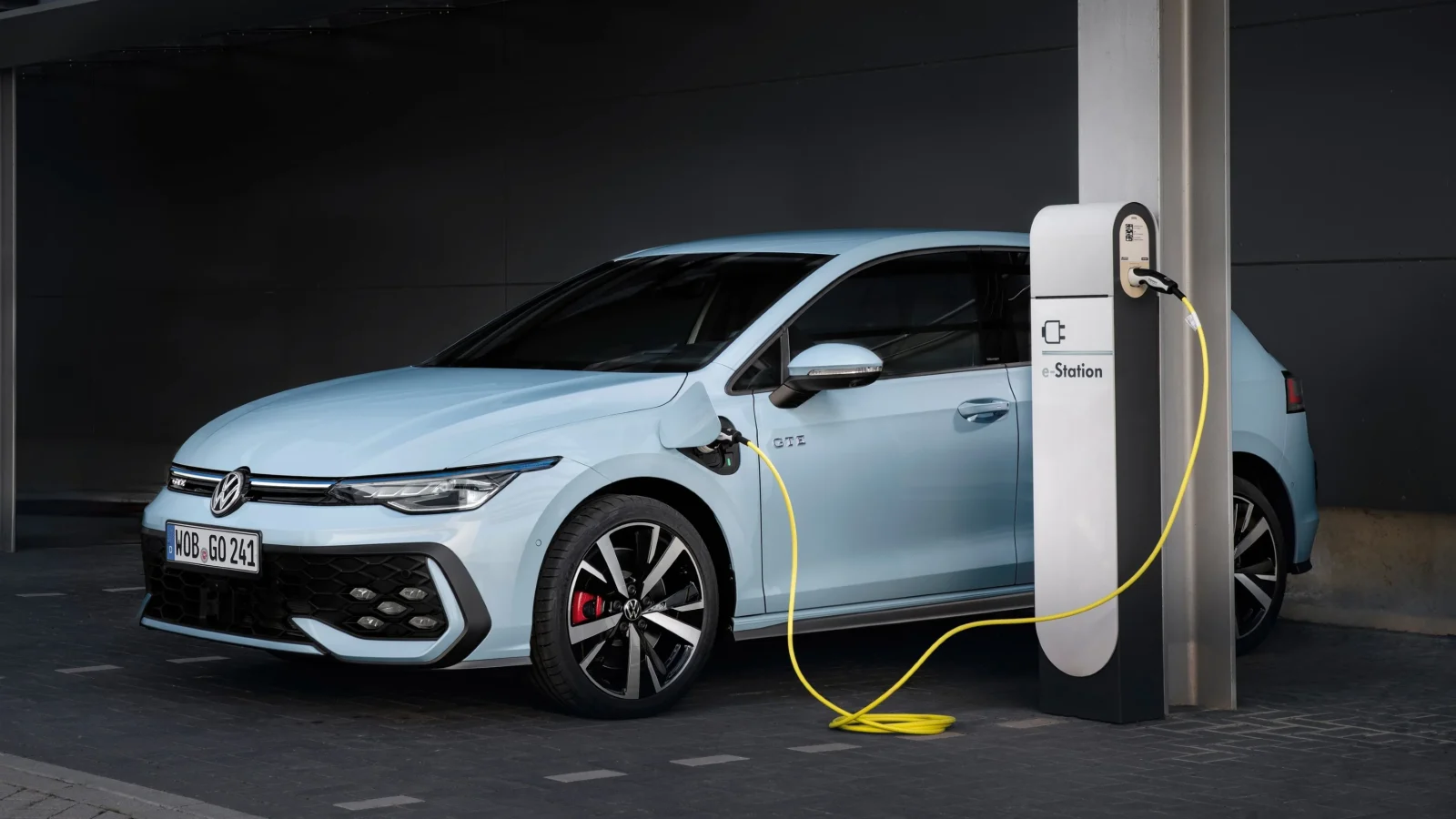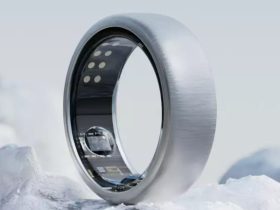As the growth of all-electric vehicle (EV) sales lags behind expectations, major automakers are increasingly turning to hybrid vehicles to meet customer demands and avoid costly penalties related to federal fuel economy and emissions standards.
This shift contrasts with the recent industry-wide push toward full electrification. Many auto companies have been investing billions in EVs, while the Biden administration has been working to accelerate the adoption of electric vehicles across the U.S.
However, hybrid vehicles—combining traditional internal combustion engines with EV battery technologies—offer a practical short-term solution for reducing fuel consumption and emissions while gradually transitioning consumers to electrified vehicles.
In 2023, sales of traditional hybrid electric vehicles (HEVs) like the Toyota Prius have surpassed those of all-electric vehicles, according to Edmunds.
Through November, HEVs represented 8.3% of U.S. car sales, totaling approximately 1.2 million vehicles. This is an increase of 2.8 percentage points from the previous year.
Conversely, EVs comprised 6.9% of sales heading into December, or roughly 976,560 units, up 1.7 percentage points from the previous year. Sales of plug-in hybrid electric vehicles (PHEVs) made up only 1% of U.S. sales through November.
Jessica Caldwell, Edmunds’ executive director of insights, remarked, “There’s been so much talk over the past few years about the move toward electrification and sort of forgoing hybrids, but … hybrids are not dead. There’s a lot of consumers out there that are interested in electrification, maybe not ready to go fully electric.”
Hybrids also offer lower costs and address concerns often associated with EVs, such as range anxiety and insufficient charging infrastructure.
This year, the average cost of a hybrid was $42,381, compared to approximately $59,400 for an EV, $60,700 for a PHEV, and $44,800 for a traditional vehicle.
Morgan Stanley reported earlier this month that Toyota Motor, Honda Motor, and Hyundai Motor—including Kia—account for 90% of hybrid sales in the U.S. These automakers are actively working to increase their production and sales of hybrid vehicles.
Eric Watson, vice president of Kia America sales, stated, “While the transition to full battery electric transportation will take time, hybrids and plug-in hybrids will play an equally important role in Kia America’s near and mid-term goals.”
The Detroit automakers are also adjusting their strategies. Ford Motor is focusing on HEVs, planning to double sales of its V-6 hybrid model to around 20% of its U.S. sales for the 2024 model year.
Ford CEO Jim Farley aims to quadruple the company’s hybrid production. Ford’s hybrid sales through November 2023 are up 23% from the previous year, totaling over 121,000 units, or 6.8% of total sales.
In comparison, Ford’s EV sales have increased by 16.2% to about 62,500 units, representing 3.5% of total sales.
Chrysler parent Stellantis is concentrating on PHEVs before introducing new EVs starting next year. Stellantis is the leading seller of PHEVs in the U.S., with these vehicles accounting for about 10% of its third-quarter sales, led by the Jeep Wrangler and Grand Cherokee SUVs.
General Motors (GM) remains committed to its EV plans, including a goal to offer only all-electric vehicles by 2035. GM was a pioneer in plug-in electric vehicles with the Chevrolet Volt, discontinued in early 2019 due to demand and cost issues.

Currently, GM’s only hybrid in the U.S. is the recently launched Chevrolet Corvette E-Ray, though it offers hybrids, including PHEVs, in China.
GM CEO Mary Barra affirmed, “We still have a plan in place that allows us to be all light-duty vehicles EV by 2035. We’ll adjust based on where the customer is and where demand is.
It’s not going to be ‘if we build it they will come.’ We’re going to be led by the customer.” This follows GM President Mark Reuss’s statement in August about being flexible with hybrids to meet federal regulations.
Major automakers, including the Detroit Three, had relied on EVs to help offset the emissions and low fuel economies of larger SUVs and trucks, potentially saving them from substantial fines.
GM and Stellantis faced a combined $363.8 million in penalties for not meeting federal fuel-economy standards, according to National Highway Traffic Safety Administration (NHTSA) data from June.
These fines could rise significantly under current Biden administration proposals aimed at improving vehicle fuel efficiency and increasing EV adoption.
The American Automotive Policy Council estimates that automakers could face over $14 billion in noncompliance penalties between 2027 and 2032 unless they significantly improve their fleet’s fuel efficiency.
Automakers have warned that fines could amount to $6.5 billion for GM, $3 billion for Stellantis, and $1 billion for Ford.
NHTSA’s proposed increase in fuel efficiency requirements by 2% per year for passenger cars and 4% per year for pickup trucks and SUVs from 2027 through 2032 could lead to a fleetwide average fuel efficiency of 58 mpg.
With EVs not contributing as much to these averages as anticipated, hybrids could help automakers save millions.
Stephanie Brinley, a principal automotive analyst at S&P Global Mobility, noted, “Even without electric vehicles, there’s an expectation that electrification of an internal combustion engine is going to be necessary to meet regulations anyway.”
The resurgence of hybrids is particularly significant for Toyota, the world’s largest automaker and a pioneer of traditional hybrids with the Prius.
Despite criticism from environmental groups for its hybrid and EV mix, Toyota maintains that its approach meets consumer needs and supports gradual global adoption of electrification.
Toyota argues that hybrid production has a lower environmental impact compared to EVs, noting that it can produce eight 40-mile plug-in hybrids for every one 320-mile battery EV, thus reducing carbon emissions significantly.
Toyota Chairman and former CEO Akio Toyoda commented in October, “People are finally seeing reality,” reflecting a shift in perspective on EVs.







Leave a Reply